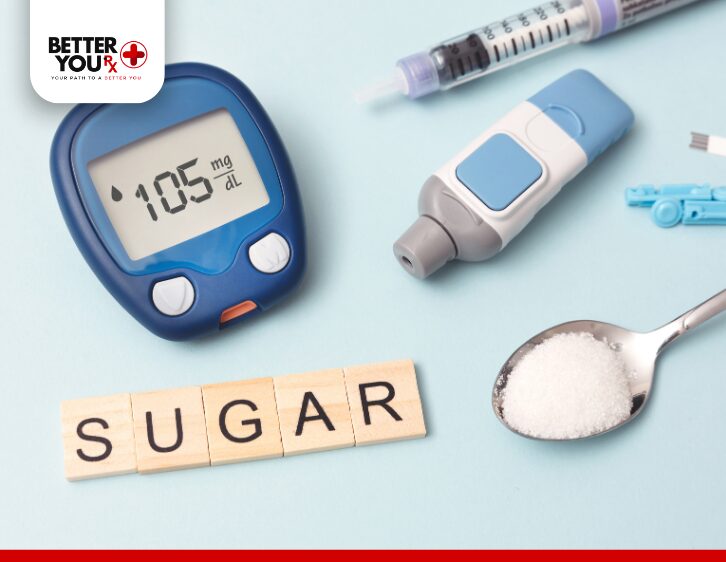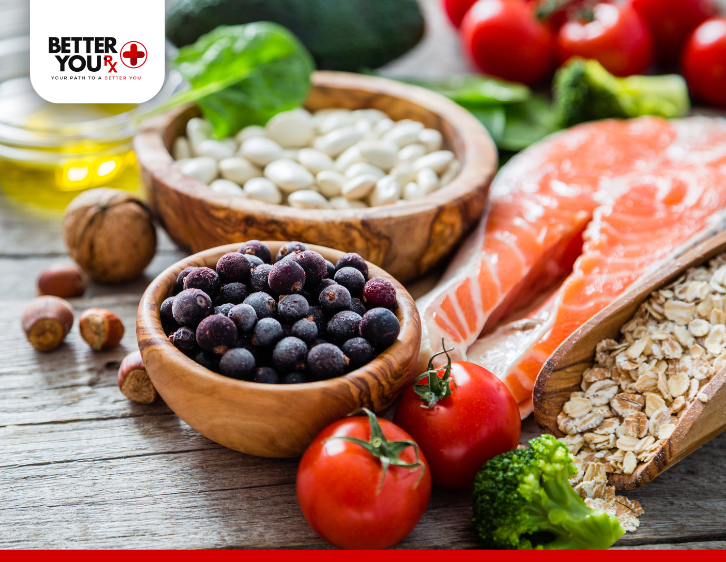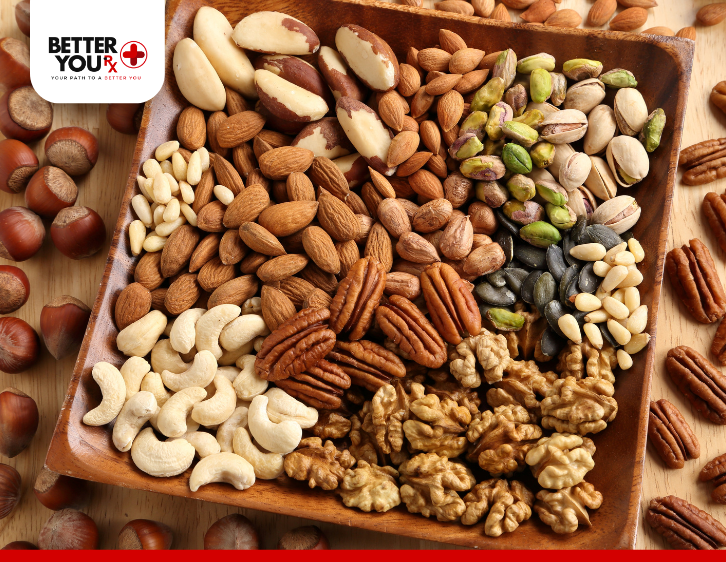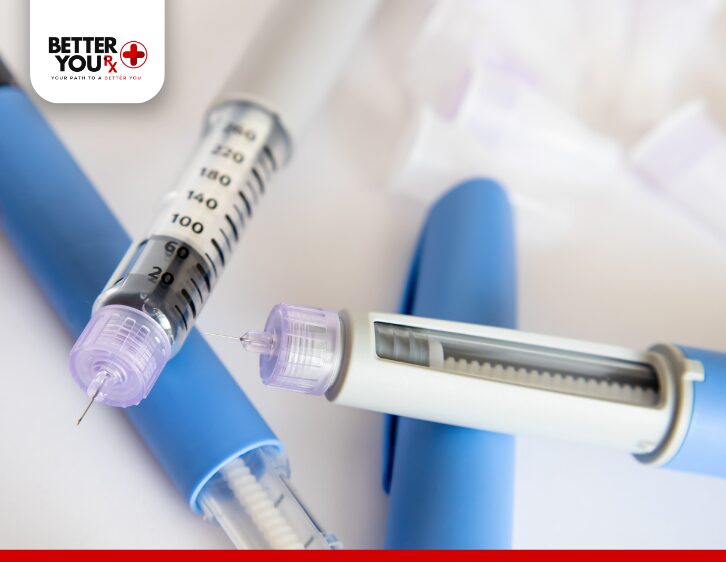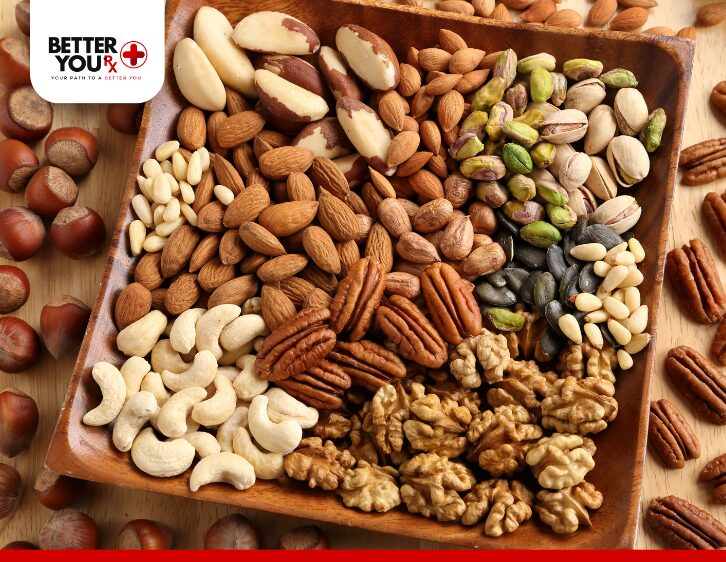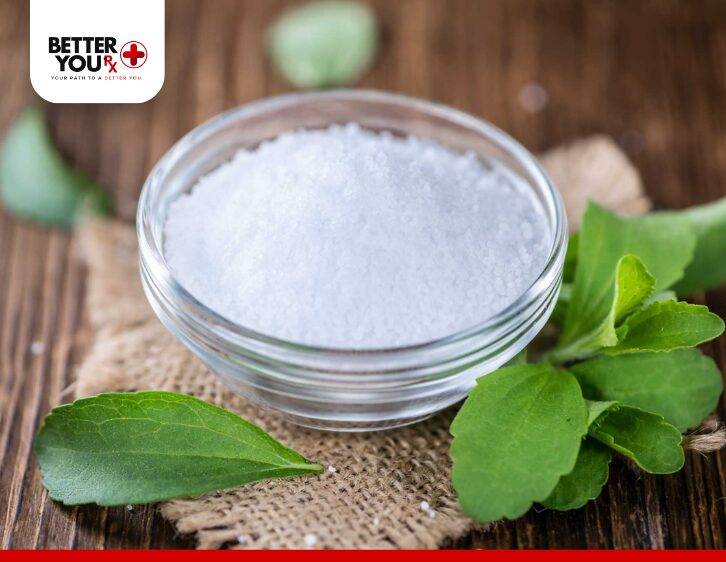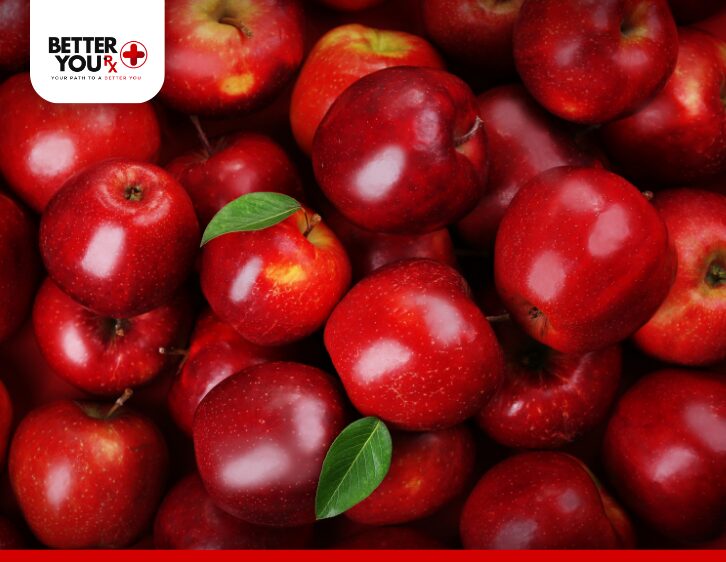How Diabetic Retinopathy Affects Vision and What You Can Do to Prevent It
Diabetes can impact various parts of the body, and one of the most vulnerable areas is the eyes. Diabetic retinopathy is a frequent diabetes-related complication that harms the blood vessels in the retina and can result in vision impairment or even blindness. This condition affects millions of people worldwide, particularly those with long-standing or poorly managed diabetes.
This article explores the effects of diabetic retinopathy on vision, its stages, symptoms, prevention strategies, and available treatments.
Understanding Diabetic Retinopathy

The retina is a thin layer of tissue at the back of the eye that converts light into neural signals, allowing us to see. Diabetic retinopathy occurs when high blood sugar levels damage the small blood vessels in the retina, causing them to leak, swell, or grow abnormally.
There are two primary stages of diabetic retinopathy:
1. Non-Proliferative Diabetic Retinopathy (NPDR)
- The early stage of the condition.
- Characterized by swelling and leaking blood vessels, leading to tiny hemorrhages or fluid accumulation in the retina.
- May result in macular edema (swelling in the central part of the retina), affecting sharp, central vision.
2. Proliferative Diabetic Retinopathy (PDR)
- An advanced stage of the disease.
- Abnormal blood vessels may develop on the retina’s surface, and these fragile vessels can rupture, causing bleeding inside the eye.
- Scar tissue from these vessels may pull on the retina, increasing the risk of retinal detachment and permanent vision loss.
Symptoms of Diabetic Retinopathy

In the early stages, diabetic retinopathy may not cause noticeable symptoms. As the condition progresses, you may experience:
- Blurry or distorted vision
- You might notice symptoms like dark spots or floaters drifting across your field of vision.
- Difficulty seeing at night
- Reduced color perception
- Sudden vision loss (in severe cases)
Risk Factors for Diabetic Retinopathy
Several risk factors can raise the chances of developing diabetic retinopathy:
- Long-standing diabetes (the longer you have diabetes, the higher the risk).
- Poor blood sugar management.
- High blood pressure or cholesterol levels.
- Pregnancy (in women with pre-existing diabetes).
- Smoking, which worsens vascular damage.
Preventing Diabetic Retinopathy

While diabetic retinopathy can be serious, it is often preventable with proper diabetes management and routine eye care. Here’s how you can reduce your risk:
1. Control Blood Sugar Levels
Maintaining stable blood sugar levels helps prevent damage to the retinal blood vessels. Regular monitoring, adherence to prescribed medications, and a diabetes-friendly diet are essential.
2. Monitor Blood Pressure and Cholesterol
High blood pressure and elevated cholesterol worsen vascular damage. Keeping these levels in check reduces strain on the retinal blood vessels.
3. Schedule Regular Eye Exams
Annual dilated eye exams are crucial for detecting diabetic retinopathy early. These exams allow your eye doctor to identify subtle changes in the retina before symptoms arise.
4. Quit Smoking
Smoking accelerates vascular damage and worsens diabetic complications. Quitting smoking improves circulation and reduces the risk of eye-related issues.
5. Adopt a Healthy Lifestyle
- Follow a balanced diet rich in fruits, vegetables, and whole grains.
- Engage in regular physical activity to improve circulation and manage diabetes.
- Stay hydrated to support overall eye health.
Diagnosing Diabetic Retinopathy
During an eye exam, your doctor may perform several tests to diagnose diabetic retinopathy, including:
- Dilated Eye Exam: To examine the retina and detect abnormalities.
- Optical Coherence Tomography (OCT): To measure retinal thickness and identify macular edema.
- Fluorescein Angiography: to detect blood vessel leakage and abnormal growth in the retina.
Treatment Options for Diabetic Retinopathy
Early detection is key to managing diabetic retinopathy. Treatment options vary depending on the severity of the condition:
1. Medications
- Anti-VEGF Injections: Medications like ranibizumab or aflibercept inhibit the growth of abnormal blood vessels and reduce swelling.
- Corticosteroids: Injections or implants may help control inflammation and macular edema.
2. Laser Therapy
Laser treatments seal leaking blood vessels and prevent abnormal vessel growth. This approach is particularly effective for macular edema and early-stage PDR.
3. Vitrectomy
In advanced cases, a vitrectomy may be performed to remove blood and scar tissue from the vitreous (the gel-like substance inside the eye). This procedure can restore vision and reduce complications.
Coping with Vision Changes
If you experience vision changes due to diabetic retinopathy, consider the following strategies:
- Use magnifying devices or assistive technology to enhance vision.
- Organize your living space to reduce hazards and improve navigation.
- Seek support from vision rehabilitation programs or support groups.
The Importance of Early Detection
Diabetic retinopathy often progresses silently, making routine eye exams essential for early detection. Catching the condition early allows for timely intervention to help slow its progression and protect your eyesight.
Final Thoughts
Diabetic retinopathy is a serious complication of diabetes, but it is preventable and treatable with proper care. By maintaining good blood sugar control, adopting a healthy lifestyle, and staying proactive about eye health, you can reduce your risk and safeguard your vision.
Regular eye exams and early intervention are the cornerstones of managing diabetic retinopathy. Protect your eyes today to ensure a brighter, clearer future.











